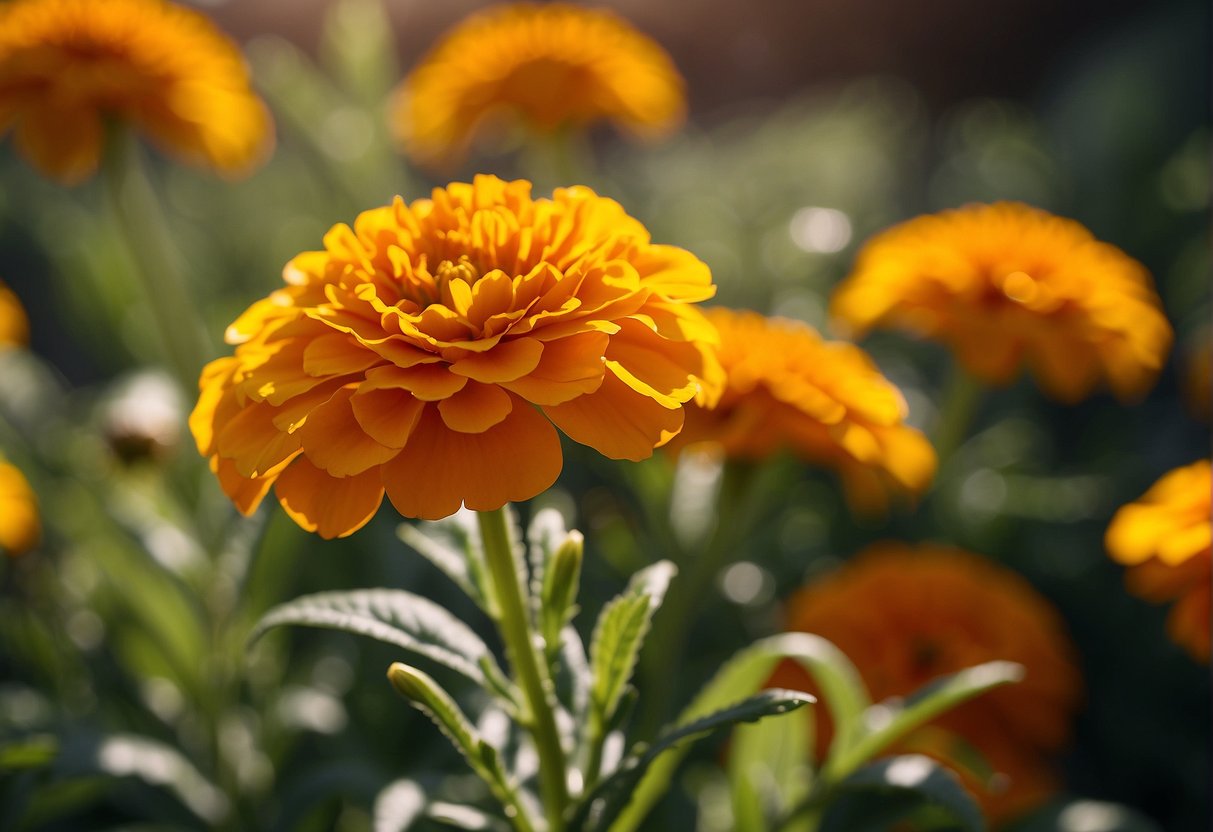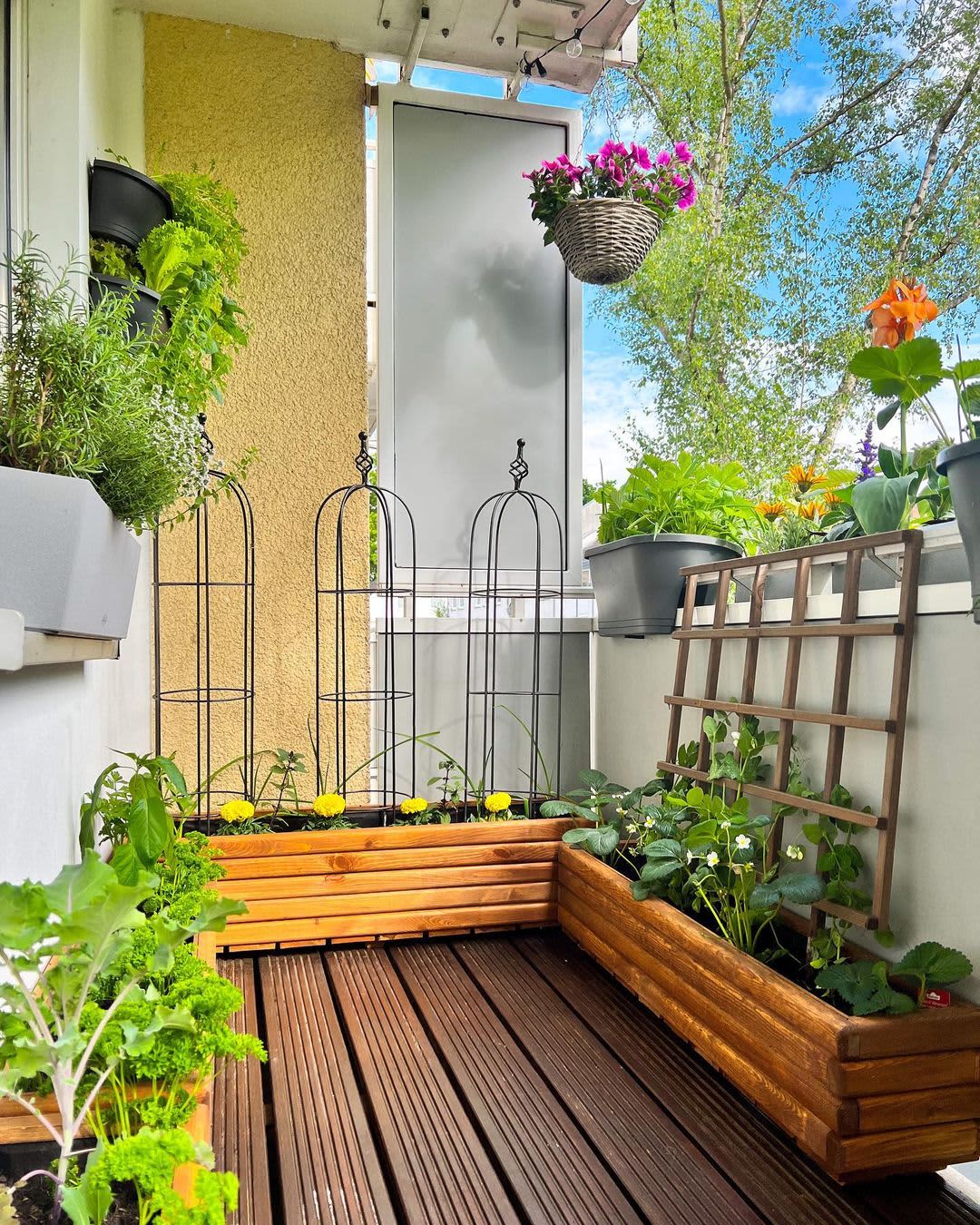Are Marigolds Full Sun Plants? Unlock Their Brightest Blooming Secrets

Every spring, someone in my neighborhood gets frustrated when their marigolds look more like limp parsley than the bold golden fireworks they’d imagined. Nine times out of ten, the issue isn’t mysterious: those poor plants are parked in a back corner “with some light,” and that’s just not going to cut it. If you want foolproof marigolds without babysitting or fancy soil testing, I’ll tell you exactly how to set them up—no horticulture degree required.

The Sunlight Question: Don’t Overthink It
Let’s strip away the jargon around “full sun.” Here’s what actually works: If your shadow is sharp and dark when you visit your future marigold spot between 10am and 3pm, that’s your green light. That’s it. No timers, no sun-mapping apps (unless you love tracking details). Marigolds crave straightforward sunlight—the more, the better. My personal metric? Anywhere that bakes my forearms while I’m weeding is good enough for them.
Yes, everyone says “6 hours” as the magic number. But here’s what that means in practice:
- Four hours or less: Give up on big blooms.
- Six hours: Expect strong plants and lots of flowers.
- Eight-plus hours: Frankly, overkill—but marigolds won’t complain.
But What If Your Yard Isn’t Sun-Drenched?
I learned this the hard way on a side patio with just four hours of afternoon rays filtered through a maple tree. Marigolds didn’t die; they just sat there all summer growing leaves with almost no blooms. By year two, I moved them to my sunny curb strip—the difference was slap-you-in-the-face obvious: stout stems and punchy yellow-orange heads swaying in every breeze.
![Do Marigolds Need Full Sun? [Comprehensive Guide For Beginners]](https://gardentabs.com/wp-content/uploads/2022/12/Marigolds-Tagetes-erecta-Mexican-marigold-Aztec-marigold-African-marigold-1024x683.jpg)
If your only available spot is partial sun:
- Pick shorter types like ‘French Dwarf.’ They’re slightly more forgiving but still won’t flower heavily.
- Use pots so you can chase better light as seasons (and shadows) shift.
- Don’t expect miracles—treat it as an experiment.
Watering and Soil: Skip Fussy Rules
There’s this tendency to treat marigolds like fragile pets after reading gardening forums. The reality: they’re tough. The rules?
- Water: Deep soak once or twice a week if it hasn’t rained. Let the top inch dry out before watering again—stick your finger in; no need for gadgets.
- Soil: Drainage matters more than perfection. I once plopped marigolds in gritty driveway dirt topped with compost, and they thrived while my friend’s over-pampered flower bed rotted hers from too much water retention.
Mulch helps in extreme heat—it keeps roots cool while letting excess moisture escape.
Avoid These Rookie Mistakes
- Crowding seedlings: Overlapping leaves is a red flag! Space each 6–12 inches apart depending on variety size so every plant sees the sky.
- Planting behind tall veggies/shrubs: Anything casting persistent shade = smaller, fewer blooms.
- Overwatering after planting: Wet soil = unhappy roots = floppy plants.
Deadheading (snapping off faded flowers) does make a massive difference; even kids can manage this care step during TV commercials.
![Do Marigolds Need Full Sun? [Comprehensive Guide For Beginners]](https://gardentabs.com/wp-content/uploads/2022/12/French-marigolds-background..jpg)
Indoor Growing? Keep It Simple
If the outdoors won’t cooperate and you’ve only got windowsills or balconies:
- South-facing windows are best—they replicate long midday sun.
- Supplement cloudy stretches with a basic LED grow bulb (they cost less than two cups of coffee these days).
- Aim for at least 12 hours of bright light indoors if conditions are gloomy.
How Hard Is This Really?
The cliché about marigolds being indestructible has merit—as long as you respect their sunshine requirements. Kids plant them at elementary schools for a reason; almost nothing brings that instant-garden feel faster or forgives neglect so well... if you let them soak up real rays!
Outdoors in good sun, marigolds demand little: plant after frost danger ends (mid-May for me), water deeply but not daily, deadhead sometimes—the rest falls into place naturally.
Quickstart Checklist—the Expertise-Free Version
- Look for sharp sun/shadows where you want color
- Prep basic drainage (mix compost into clay or use standard potting soil)
- Space generously
- Water occasionally rather than constantly
- Snap off old blooms after they fade
That’s it. If something goes sideways (stunted growth/weak stems), odds are sunlight is falling short—shift pots closer to south/west exposures until things perk up.
From years of trial-and-error—and watching neighbors repeat simple mistakes—I can promise: leave complicated guides behind and trust those visual cues about sunlight above all else. Marigolds don’t need pampering or perfection; they just want one thing most experts skip right past—unforgivingly direct sunshine. You deliver that, and the payoff will be more golden cheer than you’ll know what to do with until first frost hits!



